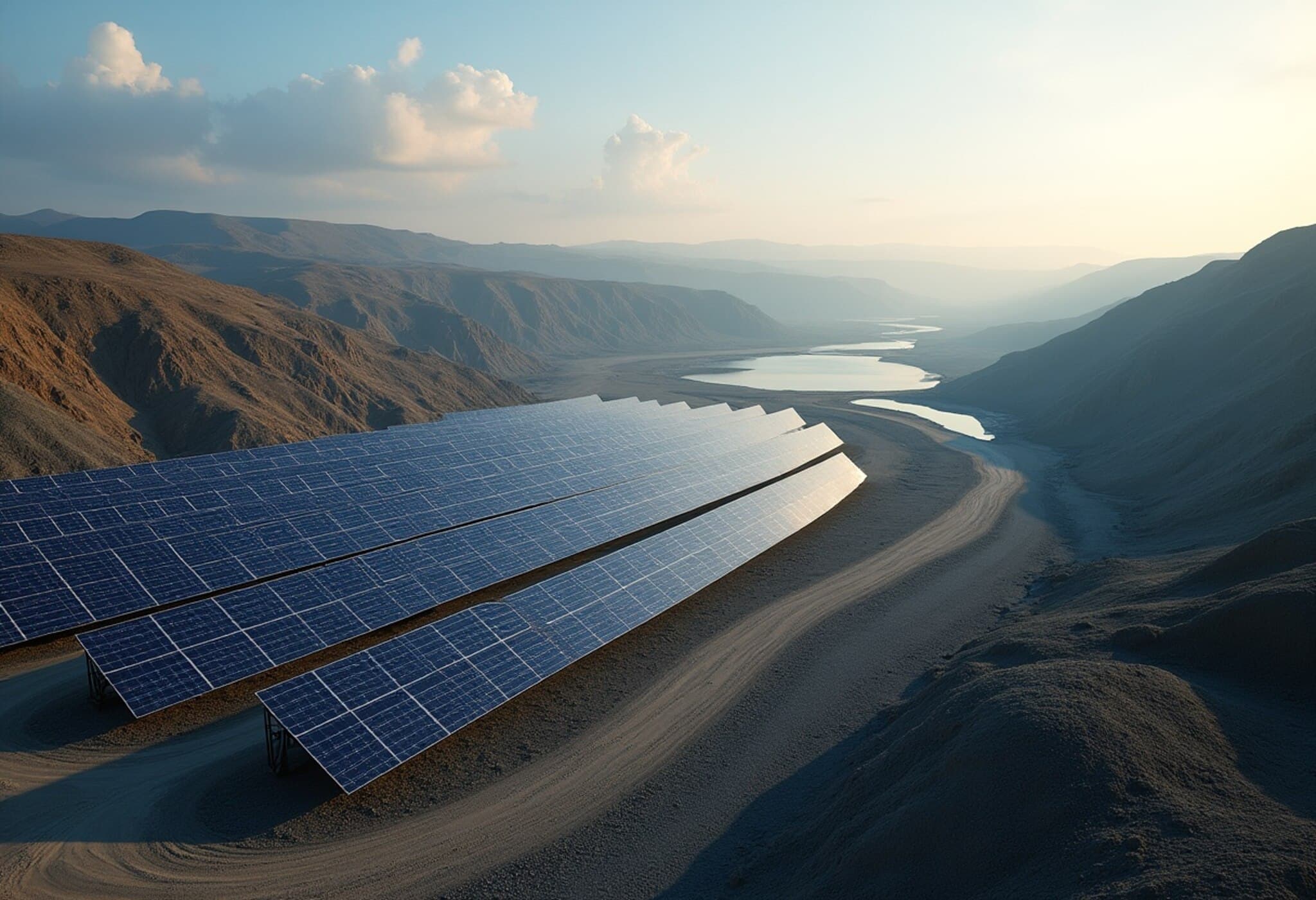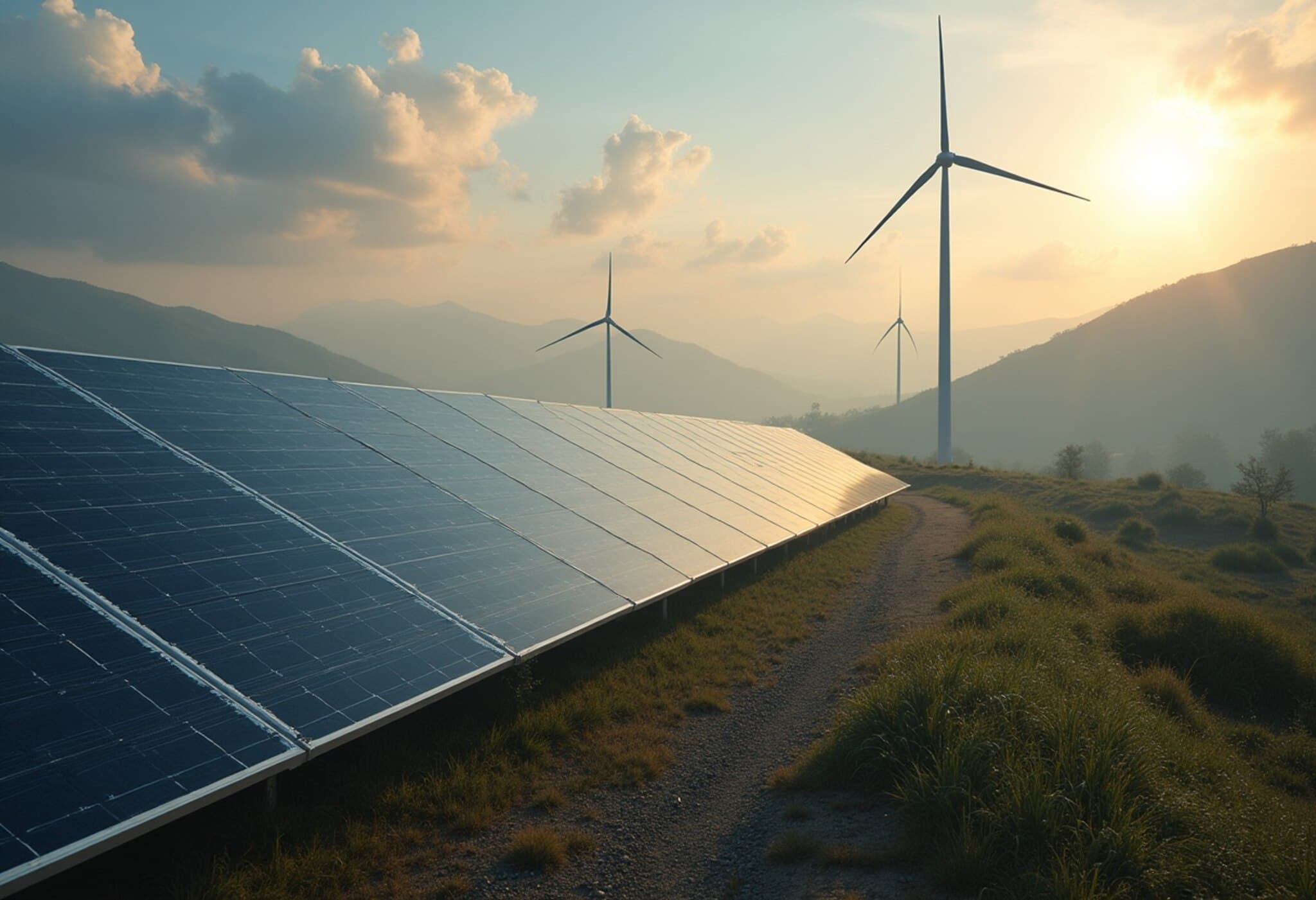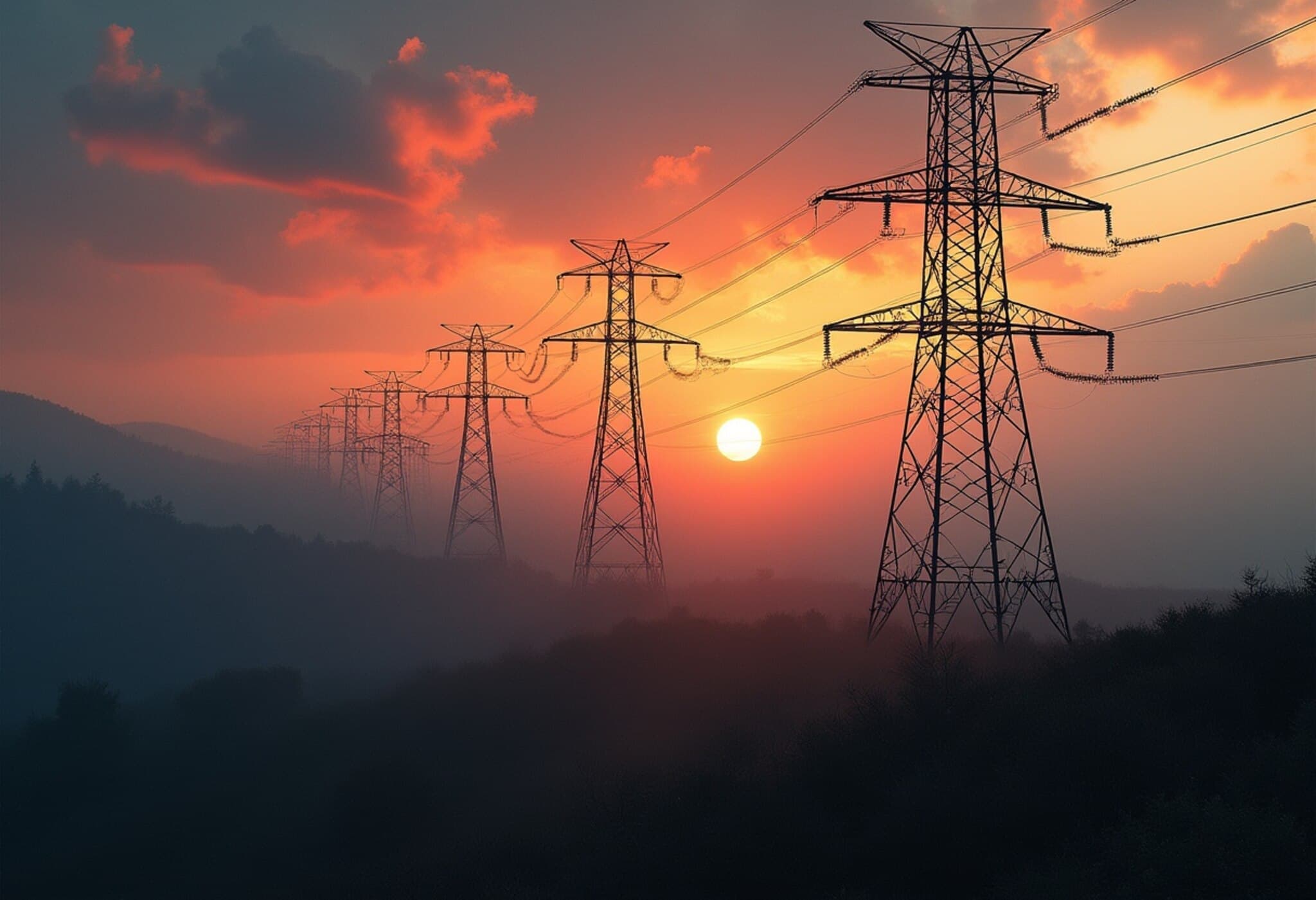Harnessing the Solar Potential of Abandoned Coal Mines
As the world accelerates its energy transition away from fossil fuels, an innovative opportunity is emerging: converting disused coal mines into sites for solar power generation. This approach leverages lands already cleared and often situated near existing electrical grids, making them prime candidates for housing large-scale solar farms.
Why Coal Mines Are Ideal for Solar Farms
Abandoned surface coal mines present a unique solution to the challenge of acquiring suitable land for renewable energy projects without disturbing agricultural or residential areas. According to recent analyses, over 300 recently closed surface coal mines worldwide could support approximately 103 gigawatts (GW) of photovoltaic solar capacity. Furthermore, upcoming mine closures could add another 185 GW of potential solar installations.
To put that in context, this combined capacity represents about 15% of the current global solar power capacity, enough to supply electricity to a country the size of Germany for an entire year.
Real-World Examples of Coal-to-Solar Transitions
These conversions are already underway in places like China, a global leader in solar energy deployment. The country has completed 90 coal mine-to-solar projects, generating 14 GW of solar capacity, with an additional 9 GW planned.
Besides increasing clean energy output, such initiatives offer a way to rehabilitate environmentally degraded land, provide financial benefits linked to site cleanup, and create new employment opportunities in communities affected by mine closures.
Challenges and Considerations in Repurposing Coal Mines
Though promising, transforming coal mines into solar farms faces several obstacles. Issues like unclear land ownership and complex permitting processes can slow development. Moreover, these sites often require costly rehabilitation due to soil instability and contamination risks.
Additionally, existing grid infrastructure designed for steady coal-fired power may require upgrades to manage the variable nature of solar energy supply. These factors often make coal mine solar conversions more expensive than building on greenfield sites.
Looking Ahead: Policy and Community Role
Experts suggest that local and regional policies focusing on expanding renewable energy alongside land restoration can catalyze corporate interest in such projects. Notably, Chinese provinces with significant environmental impact from mining history are leading these efforts.
While upfront investments are higher, the long-term benefits—ranging from environmental cleanup to socioeconomic revitalization—make coal mine solar repurposing a compelling component of the clean energy transition.
In summary, leveraging abandoned coal mines for solar power not only aligns with climate goals but also offers a practical path to restore ecosystems and stimulate local economies under transition.


















